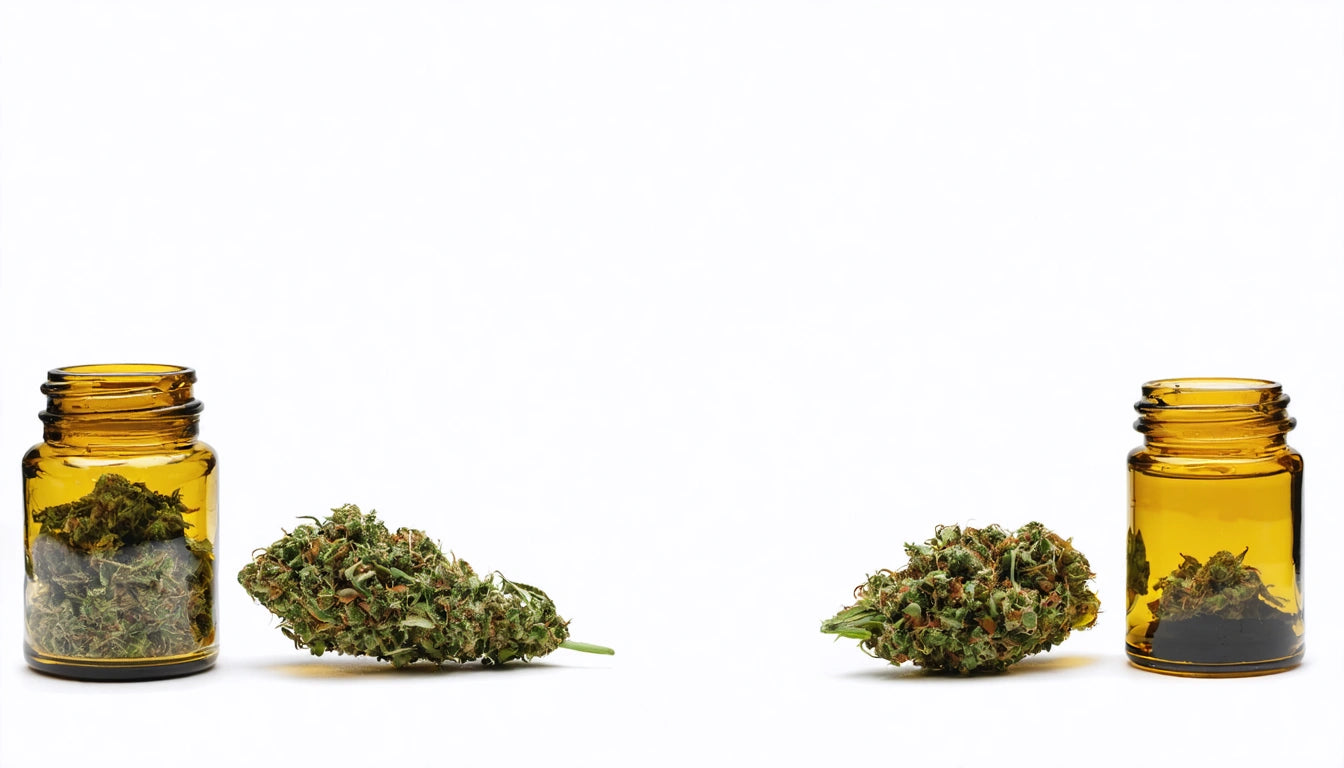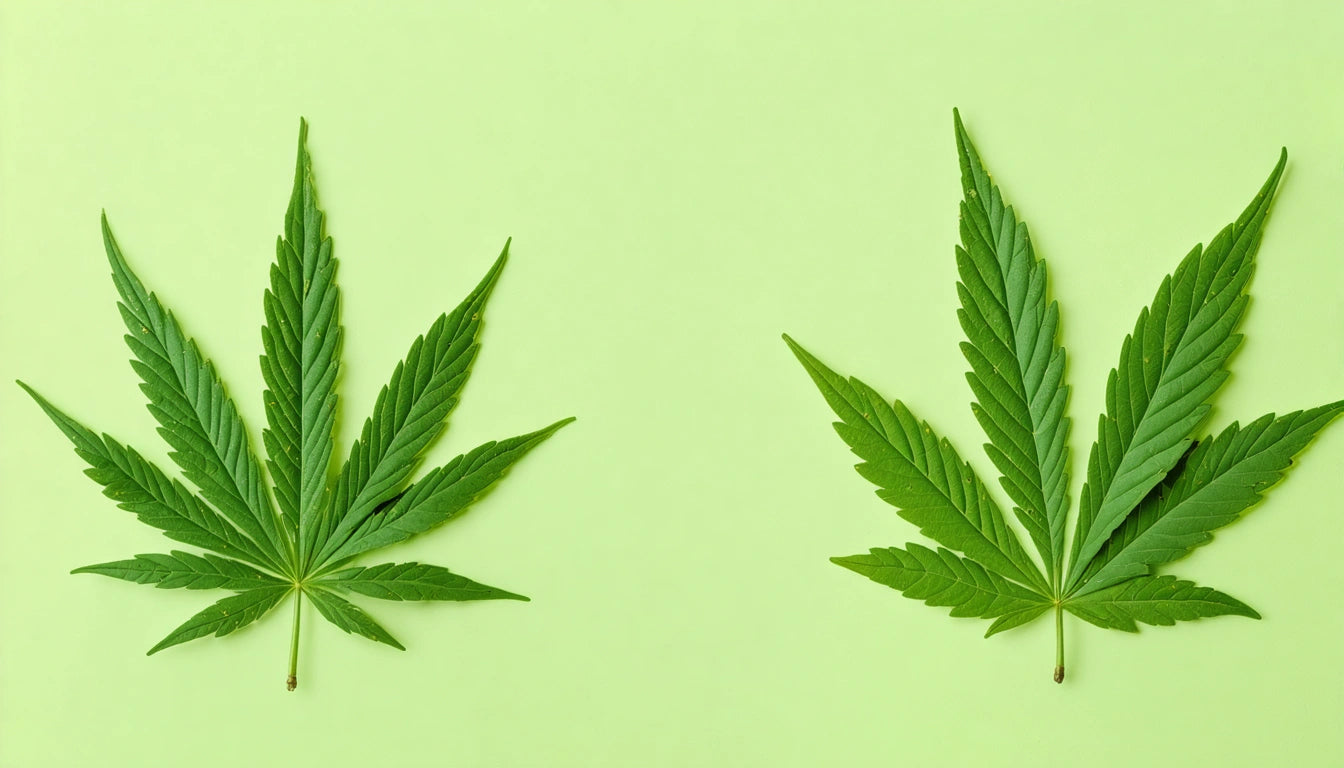Table of Contents
Understanding Cannabis: Comparisons, Controversies, and Cultural Evolution
Cannabis continues to be one of the most discussed plants in modern society, with terminology, comparisons, and cultural perceptions evolving rapidly as legalization expands. This comprehensive guide explores the various comparisons surrounding cannabis, from terminology differences to substance comparisons and cultural shifts.
Cannabis vs. Marijuana vs. Weed: Terminology Differences
The terms cannabis, marijuana, and weed are often used interchangeably, but they carry different historical and cultural connotations. Cannabis is the scientific name of the plant and has become the preferred terminology in medical and legal contexts. Marijuana (sometimes spelled marihuana) gained popularity in the early 20th century, often associated with anti-cannabis propaganda. Weed emerged as casual slang and remains popular in recreational contexts.
According to research on cannabis terminology, the word marijuana specifically has roots in Mexican Spanish and became popularized in the United States during prohibition campaigns that sought to associate the plant with immigrant communities.
Cannabis Compared to Other Substances
Cannabis vs. Pharmaceutical Alternatives
The comparison between cannabis and pharmaceutical drugs like antidepressants or anxiolytics (such as Xanax) continues to be researched. While pharmaceuticals undergo rigorous clinical trials and offer standardized dosing, cannabis products vary widely in composition and effect profiles. Many patients report different side effect experiences between these options.
The comparison between weed and opioids has gained significant attention amid the opioid crisis. Studies comparing addictiveness suggest cannabis has lower physical dependency risks than opioids, though both substances affect the brain's reward pathways.
Recreational Substance Comparisons
When comparing cannabis to other psychoactive substances like salvia or acid (LSD), the differences are substantial in terms of effect duration, intensity, and risk profile. While cannabis effects typically last 2-4 hours, substances like LSD can produce effects for 8-12 hours with more profound perceptual alterations.
The distinction between natural cannabis and synthetic versions (often called K2 or Spice) is particularly important from a safety perspective. Synthetic cannabinoids often bind more strongly to receptors and have been associated with more severe adverse reactions than plant-derived cannabis.
Botanical Relationships: Cannabis and Other Plants
The botanical relationship between cannabis and hops is fascinating and scientifically documented. Both belong to the Cannabaceae family, sharing similar terpene profiles that contribute to their distinctive aromas. This relationship explains why some cannabis strains exhibit hoppy notes similar to those found in certain beers.
For cultivators, understanding plant measurements like PPM (parts per million) is essential for maintaining proper nutrient levels. Professional growers often use specialized equipment for consistent processing and precise measurement of plant material, ensuring optimal growing conditions.
The Evolution of Cannabis: Then and Now
Cannabis has undergone significant changes from the 1990s to today. Modern cultivation techniques, selective breeding, and advanced growing environments have increased average THC content substantially. While cannabis in the 90s typically contained 3-5% THC, today's strains regularly test at 20-30% or higher.
The distinction between carefully cultivated cannabis and ditch weed (wild-growing cannabis with minimal THC content) highlights this evolution. Ditch weed, often descended from industrial hemp plants, contains minimal psychoactive compounds compared to selectively bred varieties.
Consumption Methods Comparison
The comparison between smoking cannabis and consuming edibles reveals important differences in onset time, duration, and effect profile. Research comparing inhalation methods shows that smoking provides rapid onset (minutes) but shorter duration (2-3 hours), while edibles take longer to activate (30-90 minutes) but produce longer-lasting effects (4-8 hours).
Understanding Cannabis Stigma and Social Perceptions
Cannabis stigma remains a complex social issue, affecting everything from personal relationships to employment opportunities. The question "is weed drugs yes or no" reflects ongoing confusion about classification, as cannabis is pharmacologically a drug but differs significantly from many substances in the same legal category.
Relationships where one partner uses cannabis while the other doesn't can face unique challenges. Communication about usage patterns, respect for boundaries, and understanding of personal choices become important factors in navigating these differences.
- Social perception differences across generations
- Workplace testing policies and employment implications
- Medical vs. recreational use perception differences
- Regional and cultural variations in stigma
Plant anatomy terminology like stigma vs. pistil refers to female cannabis flower components that are crucial for reproduction. The pistil contains the stigma, which is the pollen-receiving part of the flower. These structures are often visible as hair-like protrusions on cannabis buds and change color as the plant matures.
Future Perspectives on Cannabis Integration
As research continues and legal frameworks evolve, cannabis is likely to become further integrated into mainstream healthcare, wellness, and recreational contexts. The development of standardized products, improved testing protocols, and more nuanced understanding of cannabinoid effects will help address many current controversies.
Educational initiatives that provide accurate, science-based information about cannabis comparisons will be essential for informed decision-making, whether for medical patients, recreational users, or policy makers shaping future regulations.
The evolution from prohibition-era terminology to more precise, botanically accurate language reflects broader social change around cannabis acceptance and understanding. This linguistic shift parallels the movement from underground culture to legitimate industry that continues to unfold across global markets.











Leave a comment
All comments are moderated before being published.
This site is protected by hCaptcha and the hCaptcha Privacy Policy and Terms of Service apply.